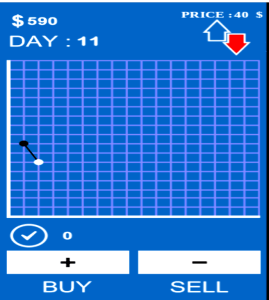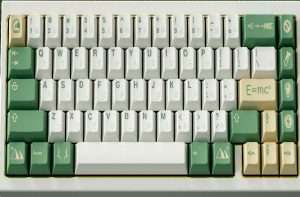Types of Virtualization in Cloud Computing & their Relative Merits

What is Virtualization?
Virtualization has been in use for a long time now, but the term is getting popular only in recent years.
This can be because of the technologies which come under it, such as cloud computing, virtual data centers etc.
In this technology, there are platforms created which exist virtually. These platforms will help in connecting the systems of a computer or a network with the virtual systems.
The platforms are also ran by software which is specifically designed for virtualization.
The Types of Virtualization
There are several types of virtualization in cloud computing, which depends on the resources used.
Virtualization based on the Network
There are several resources which are part of a network. This starts from the basic IPs to even Routers present in the network.
With the help of network virtualization, all these resources can be connected virtually.
There will be no need for any kind of physical resources here.
If the platform is connected to one system, then the internal network will be preferred.
If there are several other resources connected to the network, then the external virtualization type of network will be implemented.
Hardware/Software Virtualization
There are systems which operate on two different operating systems.
With the help of virtualization, a system with existing operating software can be used to form a virtual system which has totally different operating software.
These two operating systems will be running separately and simultaneously.
In the virtual system, there is the new operating system which will be carrying out tasks using the primary system as host.
User Virtualization
There are several types of data present in a computer or a system. This data can be attained with this virtual network.
The system in which the data are present can be gained access and operated on even if the person is not physically present in front of the system.
With this option, the data in the system can be accessed and altered as needed. It gives the user the power of a personalized virtual desktop wherever they are.
In fact, the data virtualization technique applies to other gadgets like tablets and cell phones too.
Desktop Virtualization
Desktop Virtualization is similar to user virtualization. But as opposed to the user virtualization there is no personalized virtual desktop here.
Instead, the users are given the virtual access to operate on any of the devices such as personal computer, tablets, smartphones etc.
This virtualization platform is highly useful when it comes to corporate use and for tasks which are deadline-oriented and multi-location based.
Due to the various uses it holds, this virtualization network is immensely popular in the business world.
Memory Virtualization
There are huge chunks of data which is present in every system and in every server.
This data is stored in physical memory. With the help of virtualization, all the physical data present in various servers are connected to form the virtual memory.
This virtual memory can be designed and used for specific applications.
There are also options to use this virtual memory for accessing operating systems. It depends on the purpose for which the technology is used for.
Storage Virtualization
There are several servers present in a network. All these servers hold or store data.
This storage of all the individual servers can be combined to give a virtual storage system which acts as a network.
Some of the servers in the storage will need to have the required software for permitting access.
For the drive level use, the existing controls can simply be changed and the storage can be accessed.





